Acute and Emergency Care in Athletic Training (EPUB)
| Edition |
1st |
|---|---|
| File size |
40.8 MB |
| Format |
EPUB |
| ISBN |
9781492536536, 9781492587170 |
| Language |
English |
| Published Year |
2019 |
| Publisher |
Human Kinetics |
- Best Price Guaranteed
- Best Version Available
- Free Pre‑Purchase Consultation
- Immediate Access After Purchase
$86.53 Original price was: $86.53.$28.00Current price is: $28.00.
Categories: Sport Medicine
When someone has an acute injury, athletic trainers are frequently the first to arrive on the scene. Therefore, it is crucial for prospective athletic trainers to understand how to diagnose illnesses and injuries and start treatment as soon as possible. In order to offer appropriate patient care between the field and the emergency room, students can learn how to identify and handle emergency situations with the Acute and Emergency Care in Athletic Training With Web Study Guide. In order to provide up-to-date evidence-based clinical best practices, authors Michelle Cleary and Katie Walsh Flanagan employ an interdisciplinary approach, consulting a variety of professional health care organizations’ position statements, literature, and guidelines. One of the first textbooks to match the competencies listed in the CAATE 2020 requirements, the book’s thorough content complies with and integrates recommendations from the Board of Certification (BOC) and the Commission on Accreditation of Athletic Training Education (CAATE). The following educational resources are included in Acute and Emergency Care in Athletic Training to help students get ready to properly administer the right care before transporting an injured or ill athlete to the hospital:
The web study guide’s case studies include real-world examples that will help you develop your critical thinking and decision-making abilities.
The sidebars for Clinical Skills walk students through the steps of doing certain tasks like wound care, airway maintenance, and splinting.
Areas that require extreme vigilance are indicated by Red Flag sidebars.
Students are guided by decision trees and decision-making algorithms in choosing the best course of action based on a patient’s symptoms and indicators.
Important concepts are specified in the glossary section and bolded in the text.
The material, which is presented in full color and has over 280 pictures and drawings, is organized into two sections and presents acute and emergency care in a methodical manner. Important details on risk management and prevention techniques, such as creating an emergency action plan, performing an emergency examination, and giving emergency medication, are included in Part I. The fundamentals of emergency evaluations are then covered in Part II, which explains how to assess, treat, and manage common acute illnesses and injuries in order to lessen the severity of these potentially fatal disorders. A comprehensive set of ancillaries, such as a test package, an instructor guide with sample responses to the case study questions, a presentation package, and an image library, are available to help teachers use Acute and Emergency Care in Athletic Training in the classroom. Time is of the essence when an athlete sustains an injury while playing. In order to train and prepare first responders to identify urgent circumstances and treat patients who are acutely injured or ill, Acute and Emergency Care in Athletic Training is a priceless resource.



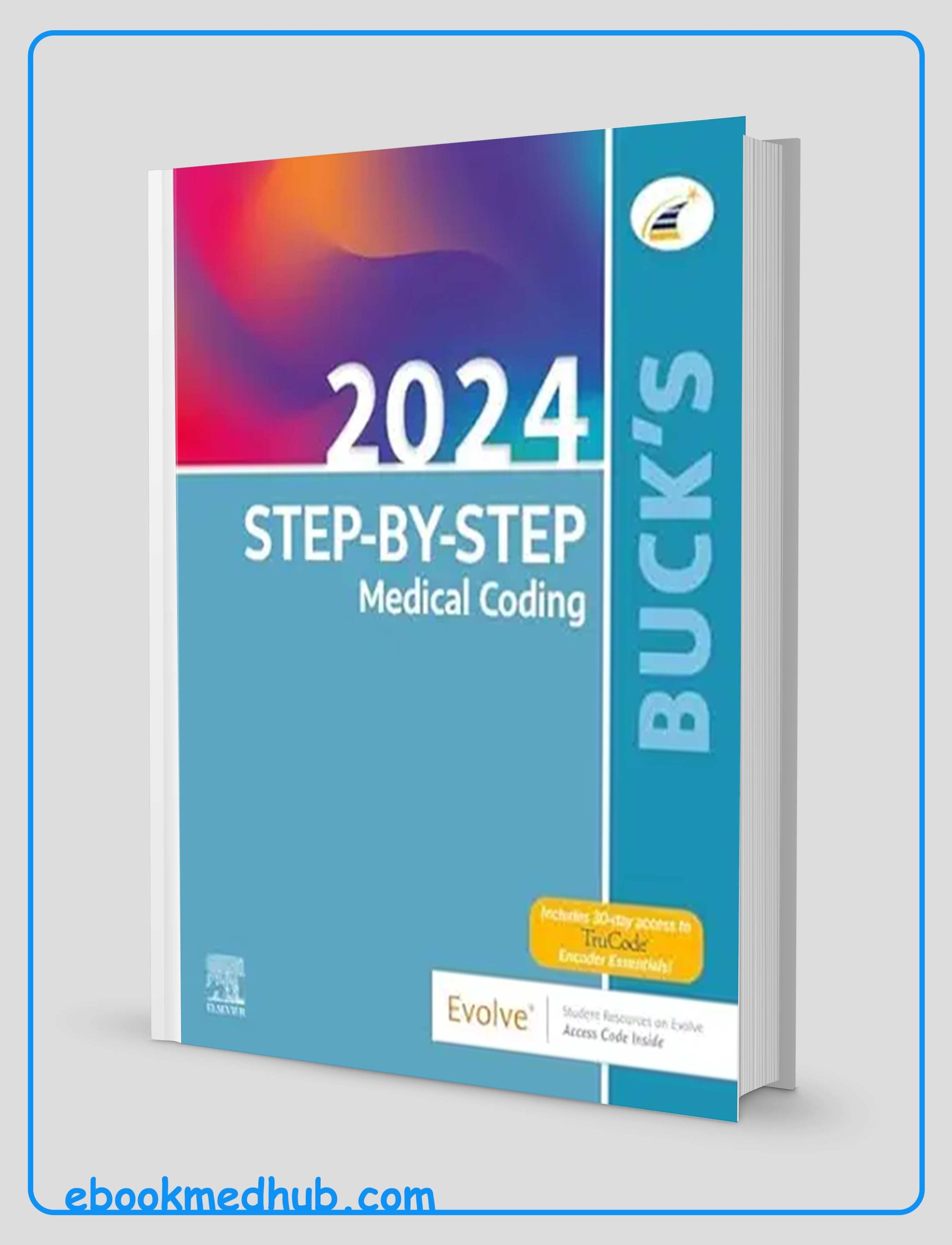
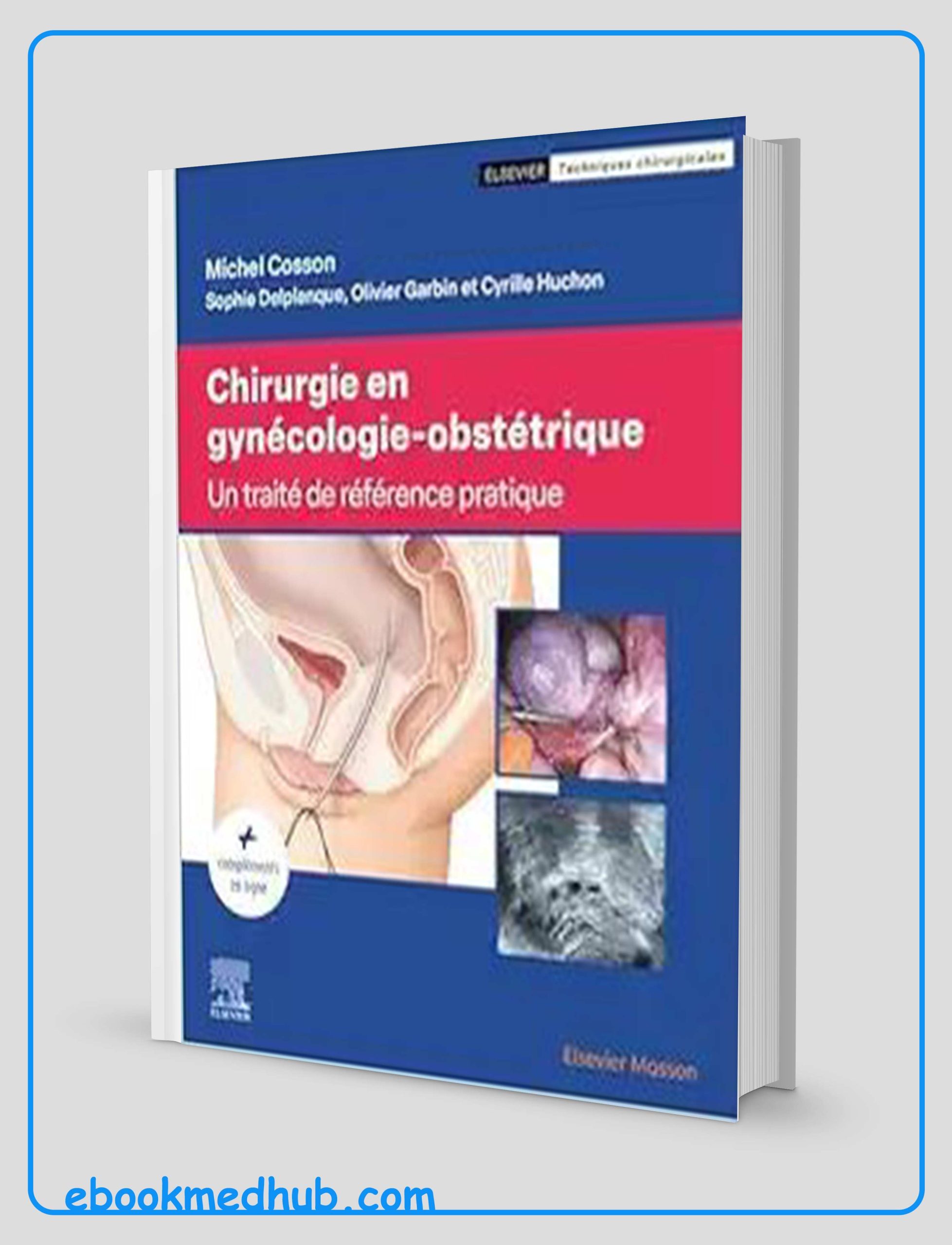



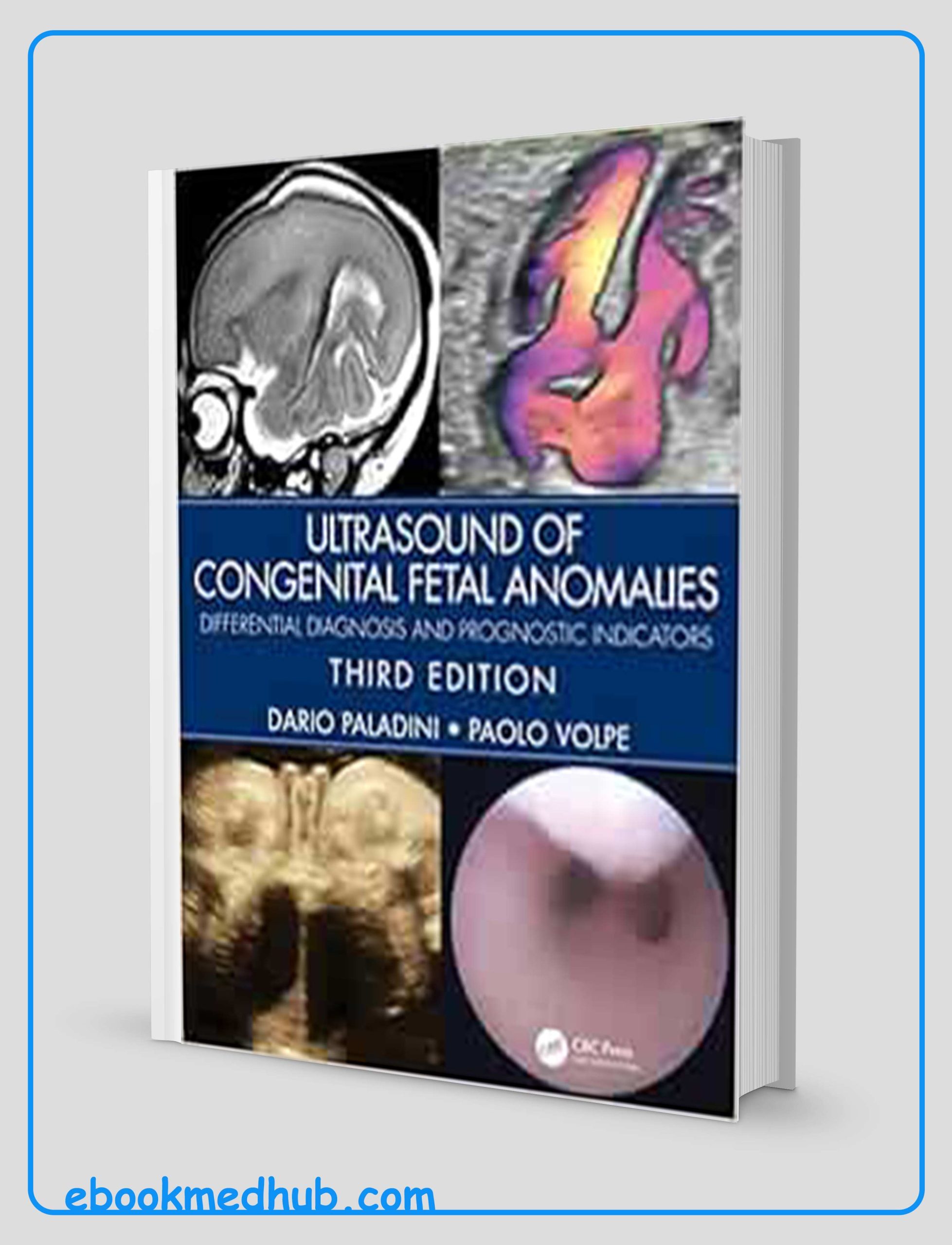



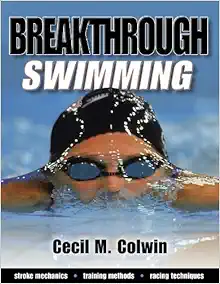



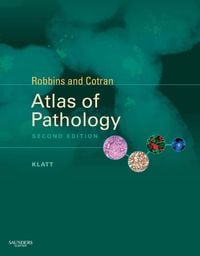

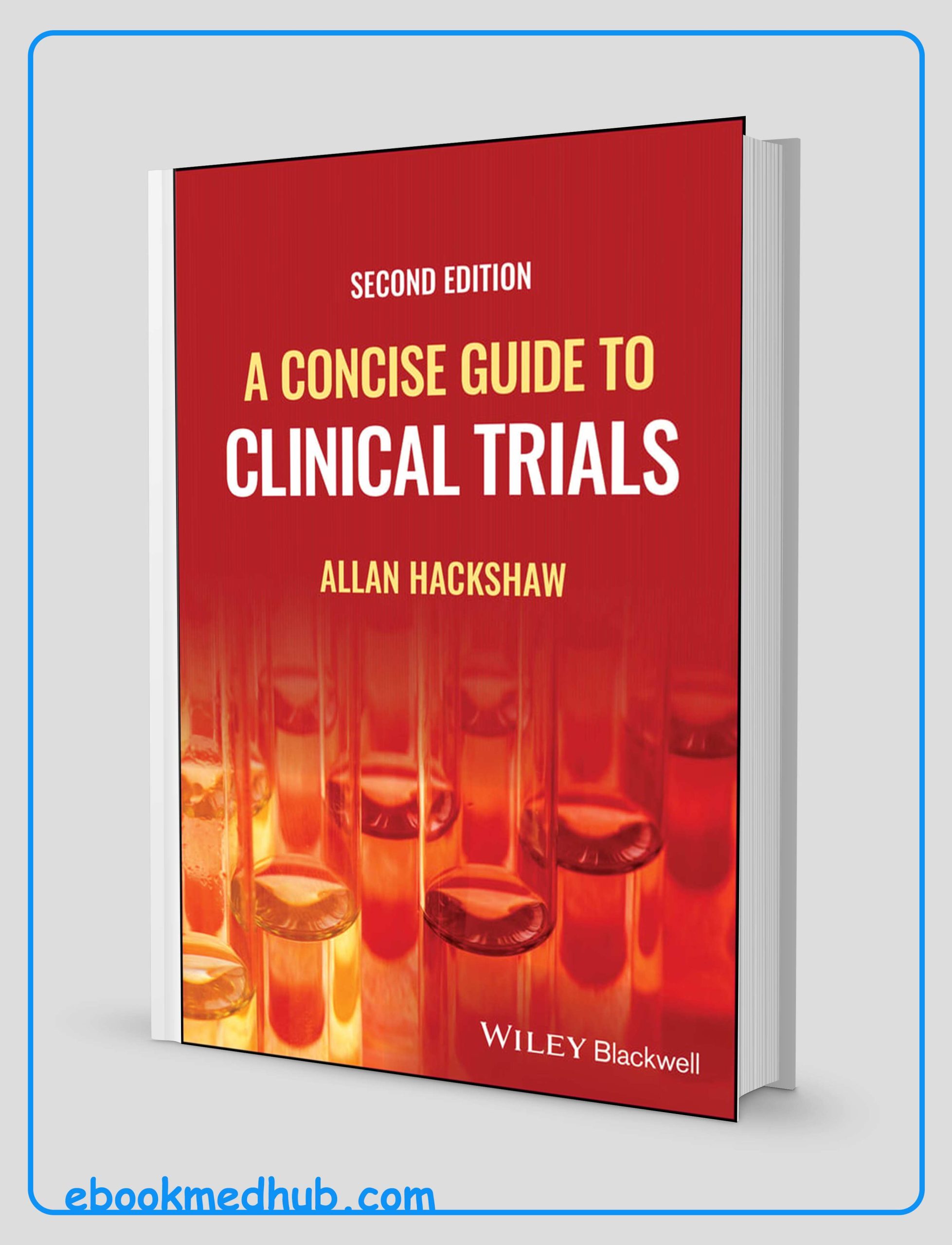

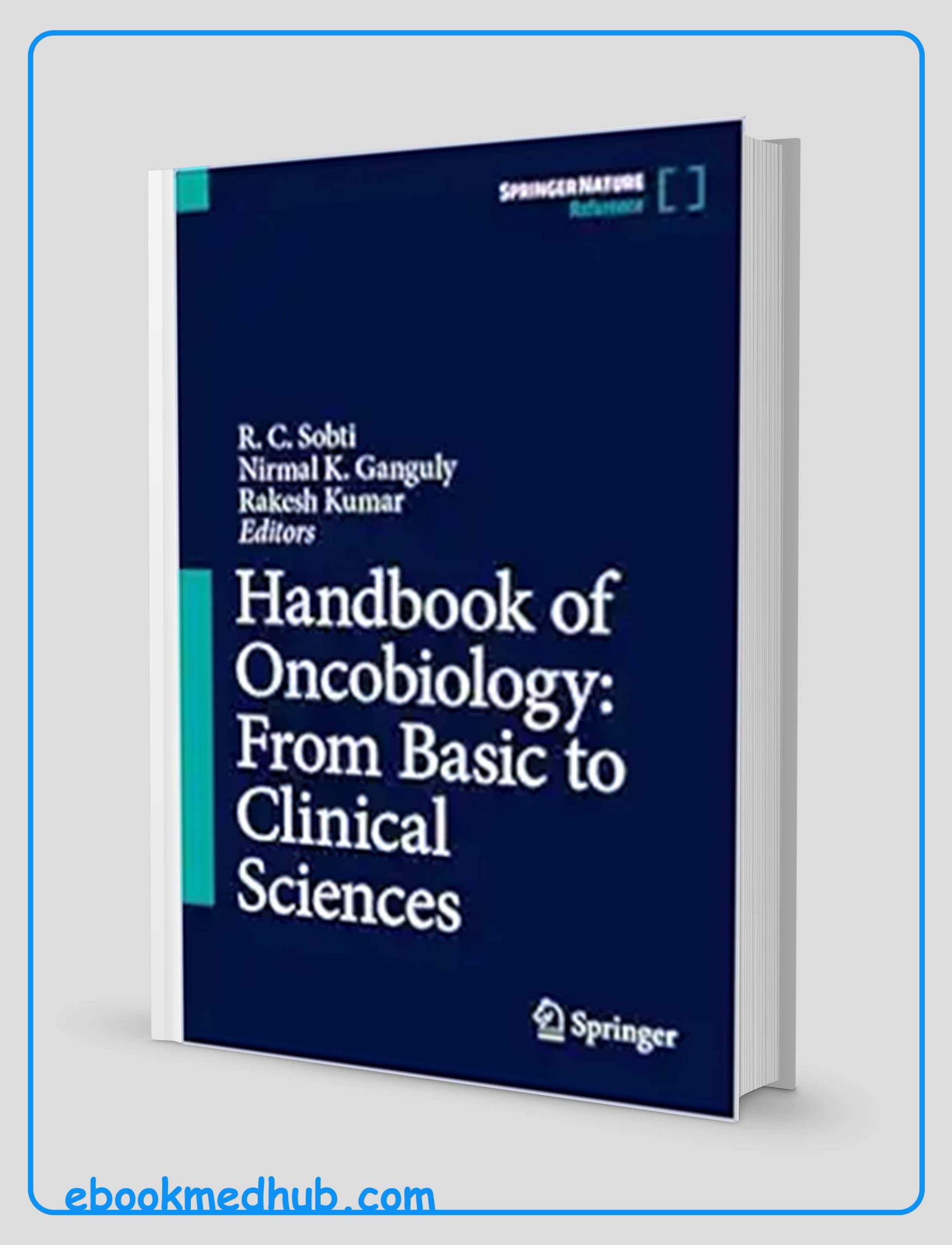
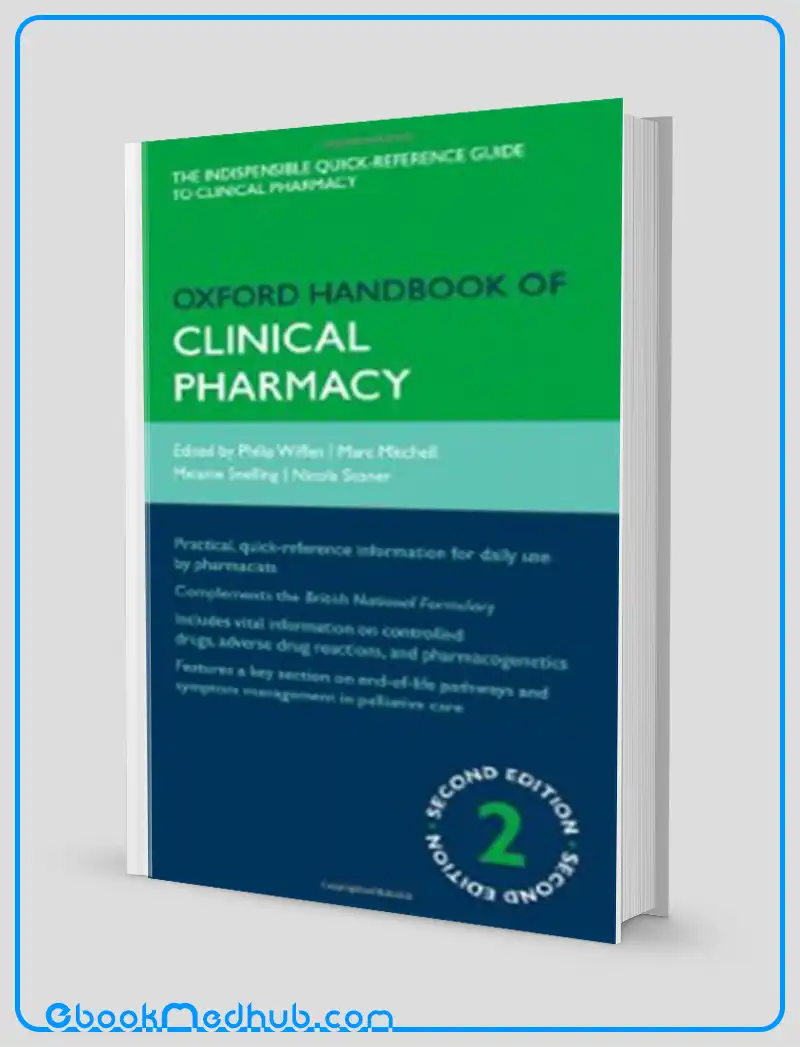




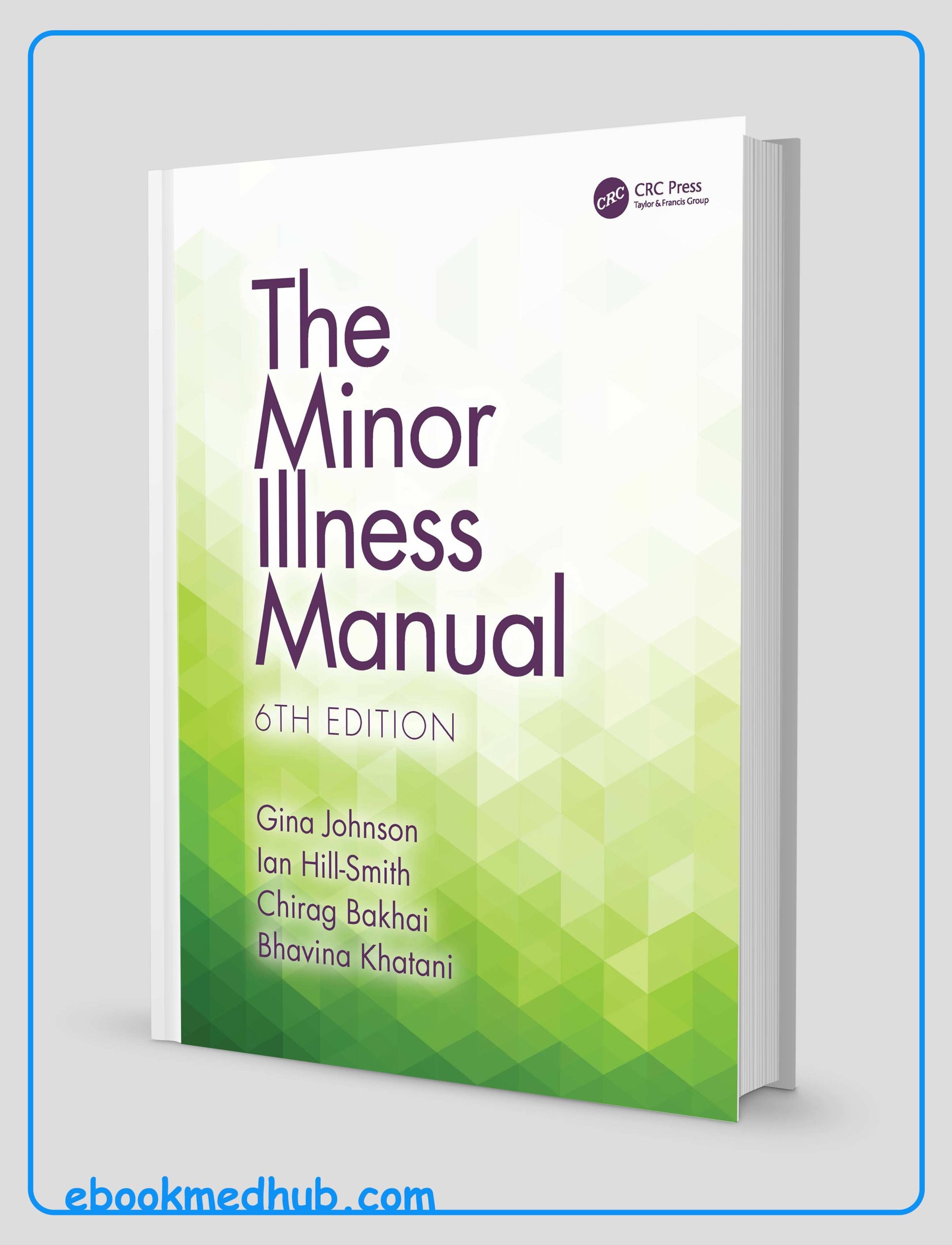
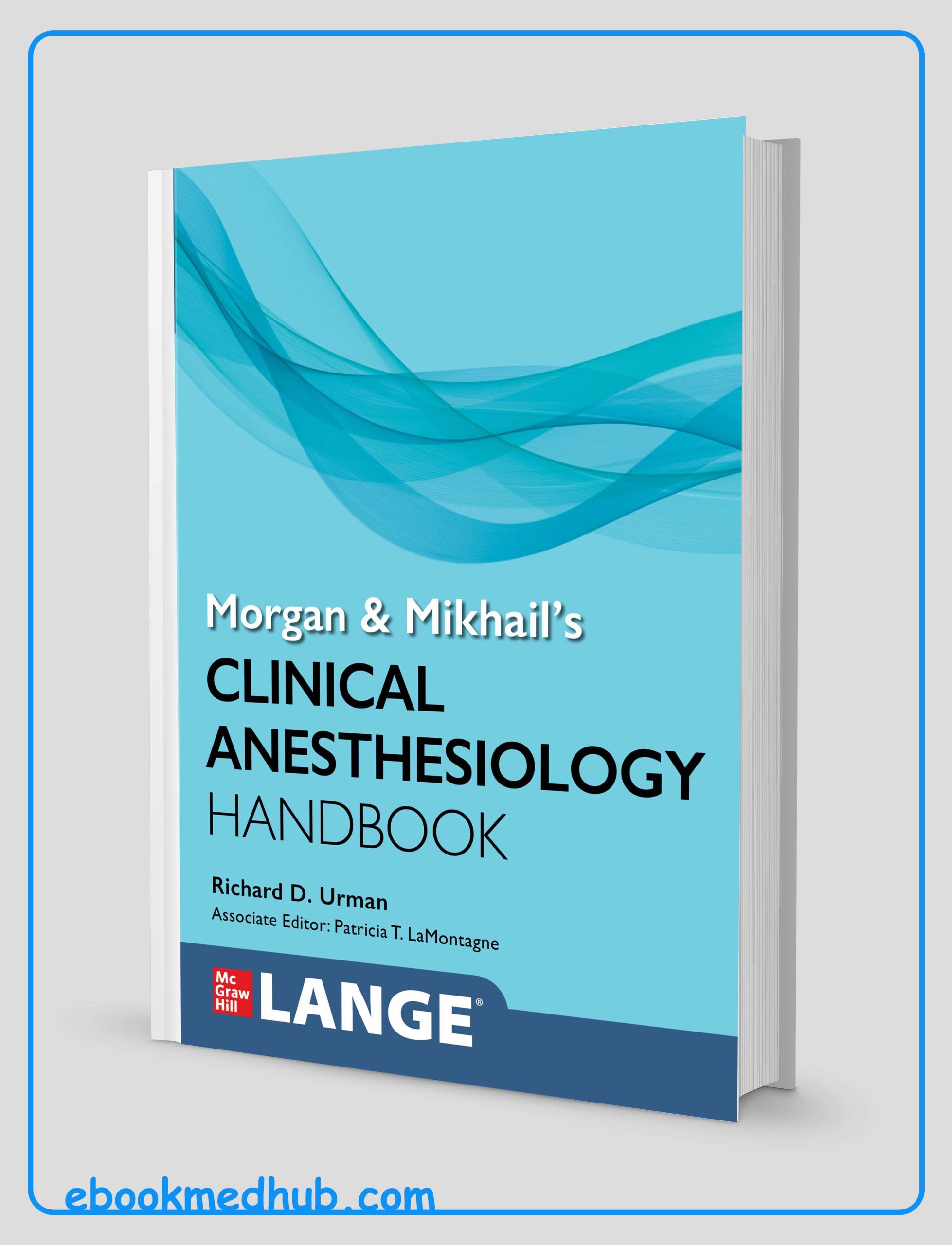

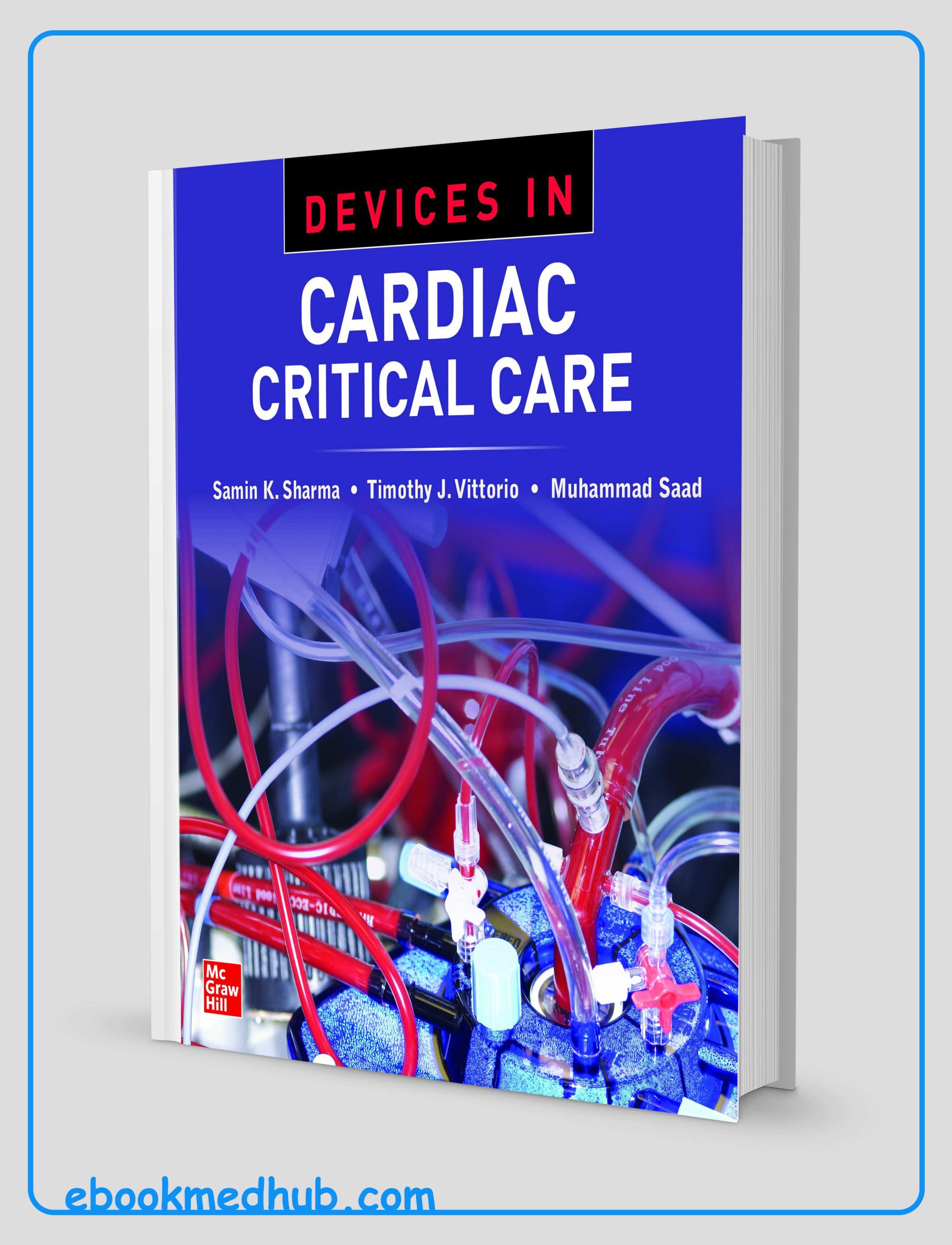
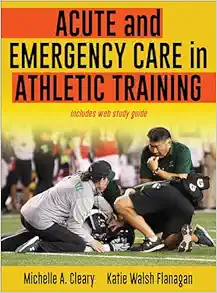
Reviews
There are no reviews yet.